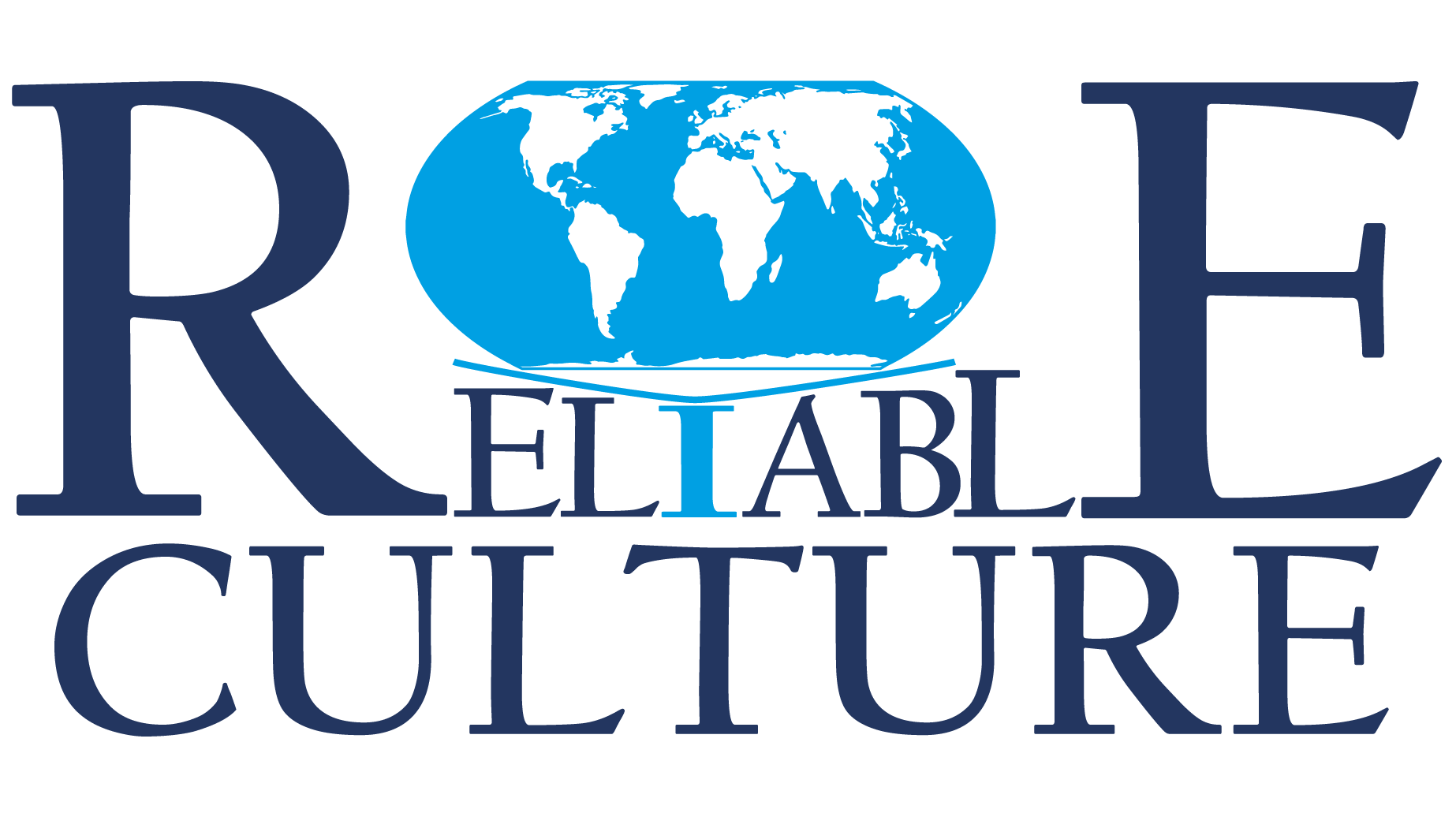
More than 80% of the M&As fail, meaning that they DO NOT generate the value estimated before the merger and do not cover the effort (time, energy, and money) that was put in. In 57% of the cases, the M&As actually destroy value. Makes you wonder…
So, what’s going on?
Is it that the processes are so different? Is it that the less ideal tools were chosen to migrate one of the sides? Is it that the executives and the managers on the two (or more) sides can not reach an aligned way of working together?
Sometimes…
But, most of the time, the details and the differences around “how things are done around here” are the killer. On one side, people might have learned that being flexible is more important than being rigorous which might lead to desperation on the other side. Sometimes managers might inspire their people that taking initiative is more valuable than following a strict standard process, and sometimes the other way around, regardless if the “standard” proved not to deliver the business needs in some critical cases. Sometimes people only claim to be flexible, because that was asked superficially, but practically they are not. Sometimes there is an obvious dysfunctionality in one of the organizations, while other times the dysfunctionality feels “vague” as the organization manages to deliver part of its goals. There are also some more sensitive cases when two CONSTRUCTIVE ways of doing things are in opposition, and failing to see which one fits the newly merged organization better proves to be highly costly.
There are many ways of doing things constructively, and the literature is full of such recommendations. However, failing to understand which constructive approaches work together, or which constructive approaches apply to your organization will create a confused, sometimes paralyzed organization. Now imagine putting together two such organizations.
What if there would be a way to precisely tell which ways of working were suitable for a particular company, that made the company successful so far?
What if there were a way to precisely tell which were the approaches that turned into blockages and stopped the company so far from delivering whatever it missed?
What if there would be a way to highlight the best ways that made the two companies successful so far, but are incompatible if they will join forces in a merger?
What if all of this can be done without distracting the professionals of the two companies from their focus on delivering the business?
What if the first 8 to 12 months of the M&A don’t have to be a frustrating struggle of holding on to the dear “invisible” ways of working that the other side is trying to overwrite, but this period of time would rather be a conscious and energizing process of learning from each other and consciously choosing the optimal ways of working together, in the new merged environment, with the new goals, and with the new challenges? All in a structured, transparent way, aligned to the goals of the new merged enterprise.
Search no more!
In ReliableCulture we have the tools to measure precisely the way professionals work in groups, in their departments and teams, across management layers, and in the entire organization. We capture on meaningful dimensions the oppositions between GENERAL constructive ways of working and highlight the ones that would fit the best YOUR organization in YOUR environment with YOUR goals. We identify some of the blind spots that might be wasting the Organization’s resources and enable you to shift away from them in a constructive manner.
Reach out to Office@ReliableCulture.com and request your Organizational Evaluation! The process is semi-humanly supervised, but soon you’ll get automatic concise, and reliable guidance to OWN the transformation and be independent from any consultant.
Some other topics you can get insights into while running the diagnostic tool:
- The Degree of alignment between the current ways of working and the goals of the organization
- The Degree of acceptance of the leadership style
- The Degree of identification with the company
- The Effort needed for the transformation
- The Need for Structure
- The level of Entrepreneurship
- Responsiveness
- Monitoring the competition
- The importance of procedures versus results
- Method of control
- Uniformity versus diversity
- Appreciation, trust, and cooperation between units/departments
- Importance of meetings
- Decisions only based on “hard facts” or also on intuition
- Decision making
- Identification with own unit/department
- Open versus closed communication within own group
- Open versus closed communication throughout the organization
- Expectations of newcomers
- How quickly do newcomers feel at home
- Management support for employee career development
- Degree to which bosses support employees
- Management commitments
- How Confrontations are accepted/dodged
- Degree to which people grumble
- Motivation to stay
- Work centrality
- Motivation to work hard
- Focus on working conditions
- People are formal/cool versus informal/warm
- Ability to generate know-how (internally)
- Ability to acquire know-how (from the outside world)
- Ability to share know-how with direct colleagues
- Ability to share know-how throughout the organization
- Applying know-how creatively for internal purposes
- Applying know-how creatively to meet the demands of stakeholders
- Applying know-how in an efficient way

0 Comments